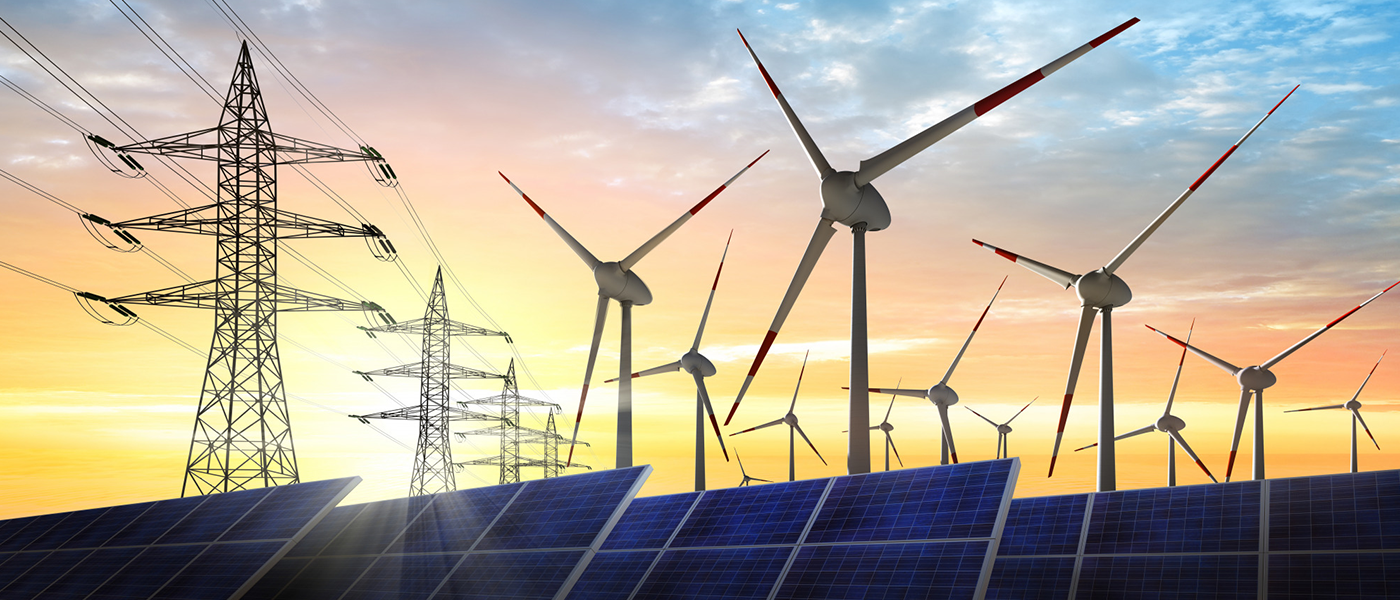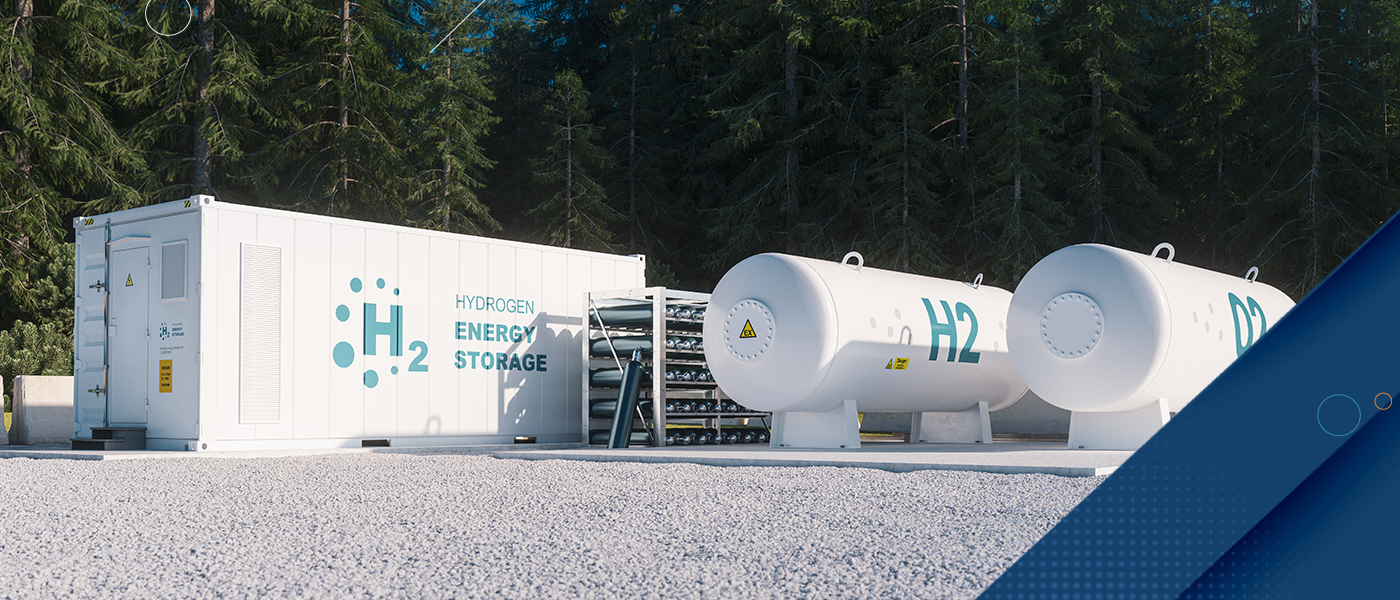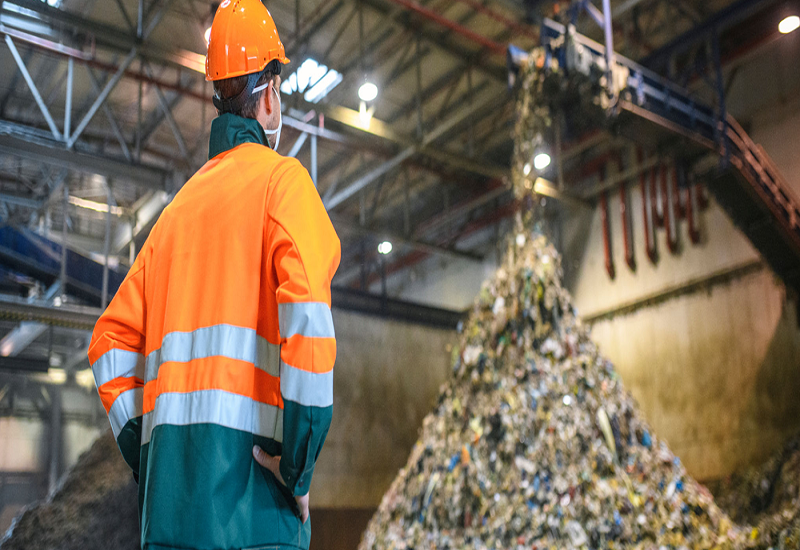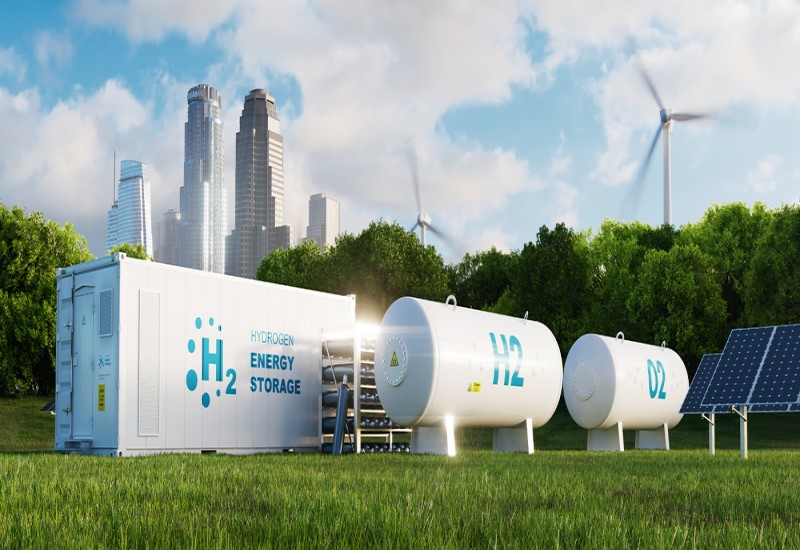







Analyze the two categories of MC materials. Explore the module types such as room, roof, wall, and windows. Also, identify how socioeconomic developments such as labor shortage, sustainability, and customer demand impact this industry.

What are the key predictions for the municipal and industrial water and wastewater sector? Which technological advancements increase revenue? What are the key growth opportunities and factors driving this space?

Which technological adoptions make buildings more connected, sustainable, and cognitive? What are the major advancements in building operations and maintenance? What are the key growth drivers? Read the analysis to learn more.

From raw materials sourcing to production and final delivery, the journey of a product in today’s global supply chain is rife with environmental and societal issues. Excessive energy and water consumption, high waste production with low reuse rates, human rights issues, and abuse of labor are just some of the core issues plaguing supply chains globally. A supply chain is a vast network between large companies and their suppliers to develop, manufacture and distribute finished products to end users. More companies are becoming increasingly aware that their supply chain and sourcing decisions have a critical impact, not just on the environment but on society as well.
Schedule a dialog or email us at myfrost@frost.com to connect with an industry expert at no charge. We are taking unprecedented action to make our team available to help you cut through the media and politics to get factual one-to-one guidance for the issues and opportunities that matter most to your business.

What are the digitally driven options for major advancements in this landscape?
Read more Request Info
Explore new investments, rising interest in renewable energy sources, and more
Read more Request Info
What are the recent technological advancements in this sector?
Read more Request Info
What is the role of electrification in the energy transition?
Read more Request Info
Explore key factors increasing the efficiency of this sector
Read more Request Info
What are the avenues available for strategic investments in this segment?
Read more Request Info
Analyze services such as energy audits, equipment bidding, and more
Read more Request Info
What are the two major developments impacting this industry?
Read more Request InfoWhat’s decarbonization, and why is it important? Decarbonization refers to the steady reduction of carbon dioxide (CO2) emissions and, eventually, its elimination. The deployment of decarbonization technology aids emission-intensive industries in minimizing carbon emissions and meeting net-zero emissions protocols in the long term. To cut down carbon emissions and combat climate change, governments across the globe are counting on the five pillars of decarbonization: the rise of renewables, hydrogen economy, direct electrification and renewable heat, carbon capture utilization and storage (CCUS), and energy efficiency.
Read more
The solution toolbox to achieve global decarbonization is vast, and one of the main tools is hydrogen. And there’s no doubt the hydrogen economy is still in its infancy, needing significant time and investment to come to bear fruit. But, supportive and enabling policy frameworks are underway. Currently, investors’ appetite to back hydrogen initiatives is high, policymakers are focusing on creating the framework for the hydrogen economy to flourish, and industrial conglomerates are developing production, transportation, and storage solutions for commercialization. In addition, end-user industries have begun partnering with key stakeholders on proof-of-concept trial projects for these new solution offerings.
Read more
Global oil exporting nations, especially GCC and OPEC+ nations, are set to experience accelerated economic growth in 2022 amid the elevated oil price levels due to the ongoing Russo-Ukrainian war. Frost & Sullivan’s October forecasts show that the real gross domestic product (GDP) of Saudi Arabia is likely to expand by 7.7% in 2022, positioning the de-facto OPEC+ leader among the 10 fastest-growing economies in the world. The recent rise in energy prices has bolstered Saudi Arabia’s growth as heightened oil revenues boost domestic purchasing power. Oil revenue growth will enable an expansionary fiscal policy, with necessary central bank rate hikes and price controls helping to mitigate extreme inflationary risks.
Read more
Frost & Sullivan recently assessed the water technology industry and, based on its findings, recognizes Evoqua Water Technologies with the 2022 Global Company of the Year Award. The company is a leading provider of mission-critical water and wastewater treatment solutions that support its customers’ complete water lifecycle needs. It leverages more than 100 years of continual innovation, an ever-expanding solutions portfolio, and market-leading industry expertise to deliver high-quality, reliable, and resilient water and wastewater solutions to municipal, industrial, and recreational customers worldwide. Evoqua treats approximately 100 billion gallons of water per day across more than 200,000 installations, serving more than 38,000 customers.
Frost & Sullivan researched the energy analytics industry and, based on its findings, recognizes Innowatts with the 2022 North America Company of the Year Award. Innowatts’ software-as-a-service (SaaS) platform delivers high-quality and real-time actionable intelligence to enable its customers to manage cost, enhance reliability, improve overall profitability, and optimize carbon.
Enterprise-level sustainability and decarbonization goals enable building owners to adopt digital solutions. Frost & Sullivan’s recent analysis, Top 50 Start-ups Advancing Decarbonization and Digitalization in the Global Homes & Buildings Industry, finds that the need to address carbon emissions and energy savings encourages startups to invest in technologies and adopt new business models to strengthen their digital building portfolios. The homes and buildings industry’s digital solution is expected to garner $50.99 billion in revenue by 2028 from $10.64 billion in 2021, registering exponential expansion at a compound annual growth rate (CAGR) of 25.1%.
Read more